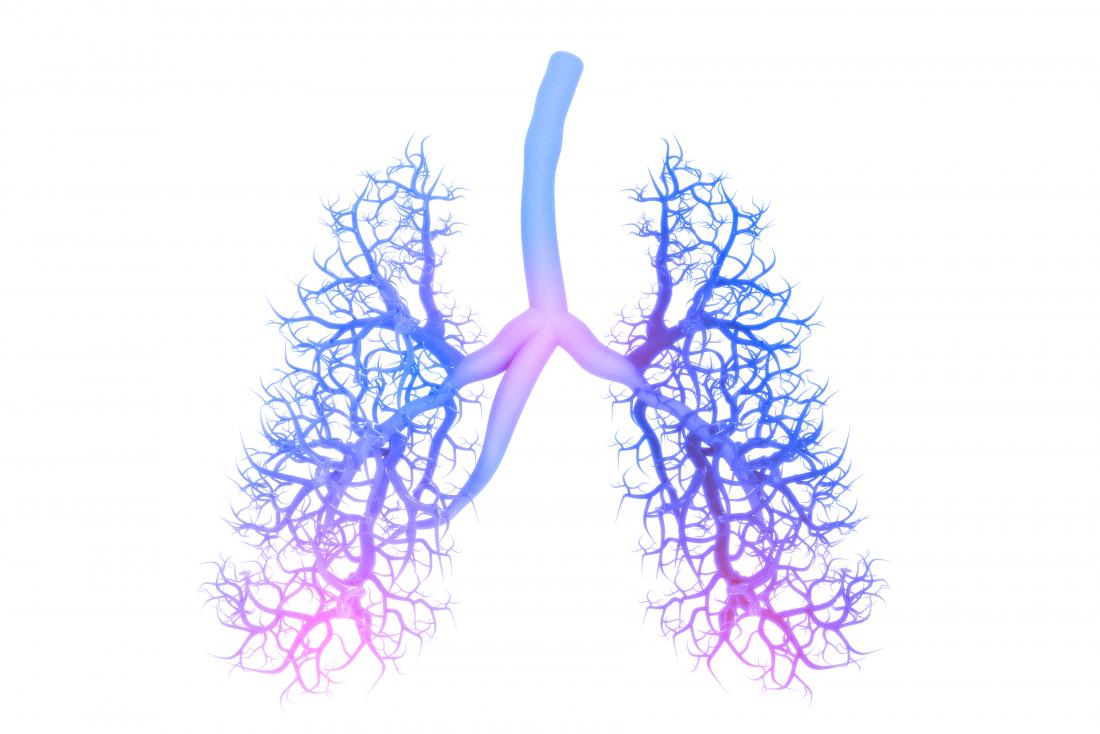First lung map uncovers new insights into asthma
For the first time, researchers have mapped the building blocks of the human lungs and airways, in both asthma patients and normal people. The research from the Wellcome Sanger Institute, University Medical Center Groningen, Open Targets, GSK and collaborators revealed the identity of each cell type, creating the first draft Human Cell Atlas of the lung.
For the first time, researchers have mapped the building blocks of the human lungs and airways, in both asthma patients and normal people. The research from the Wellcome Sanger Institute, University Medical Center Groningen, Open Targets, GSK and collaborators revealed the identity of each cell type, creating the first draft Human Cell Atlas of the lung. They also discovered an entirely new cell state that produces mucus in asthma patients.
Reported today (17 June) in Nature Medicine, the maps reveal the differences between asthmatic and normal airways and identify how cells in the lung communicate with each other. Understanding the cells and their signals could lead to finding new drug targets for treating asthma.
Asthma is a common lung condition that makes breathing difficult and triggers coughing, wheezing and shortness of breath. It is caused by swelling of the tubes that carry air in and out of the lungs making it difficult to get enough oxygen. Asthma affected over 350 million people worldwide in 2015, and over 5 million people* in the UK are currently receiving treatment for asthma.
While it is often manageable with medication, asthma can cause ongoing problems and there is the risk of severe, life-threatening asthma attacks. A better understanding of healthy lung cells and the differences with asthmatic lungs is required to develop new effective medications.
To explore cell types within normal lungs and upper airways, researchers used single cell technology to study samples from 17 people. They analysed more than 36,000 individual cells from the nasal area and from three different areas of the lung. This allowed researchers to see exactly which genes were active in each cell and identify the specific cell type.
The researchers then detected the different cell types and activities in lung samples from six asthma patients, comparing them to normal lungs. They discovered there were clear differences between the cells in normal and asthmatic lungs. One symptom of asthma is an overproduction of mucus. However, not all the cells responsible for this were known. The researchers discovered a new mucus-creating cell state - the muco-cilliated state - in asthmatic lungs, that had not been seen before.
Reference:https://www.sanger.ac.uk/news/view/first-lung-map-uncovers-new-insights-asthma





ارسال به دوستان